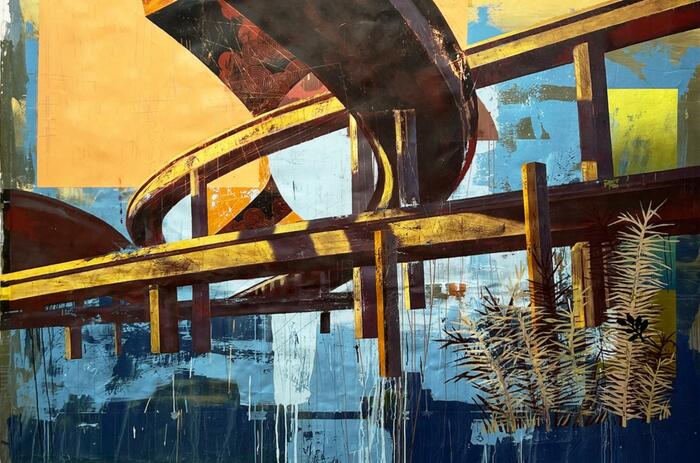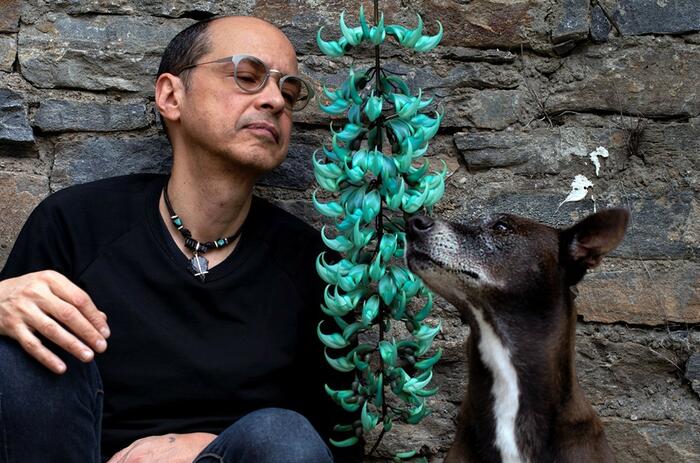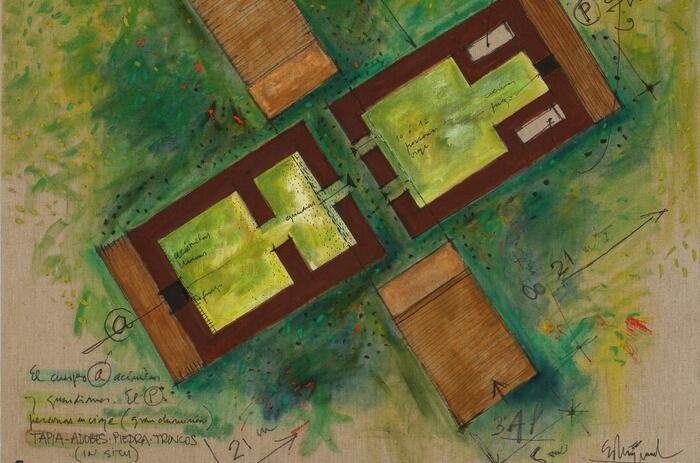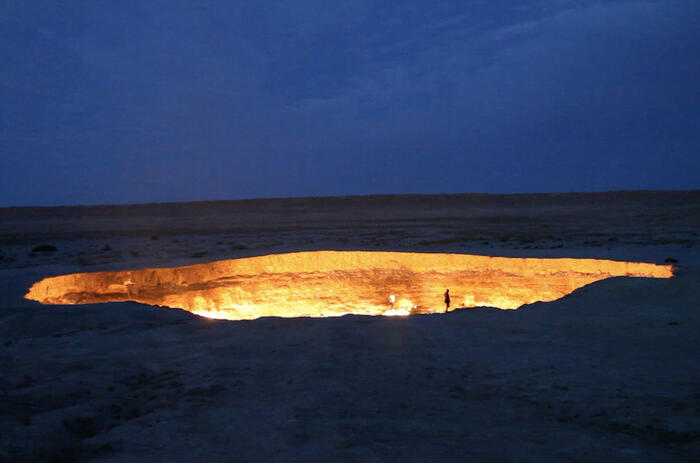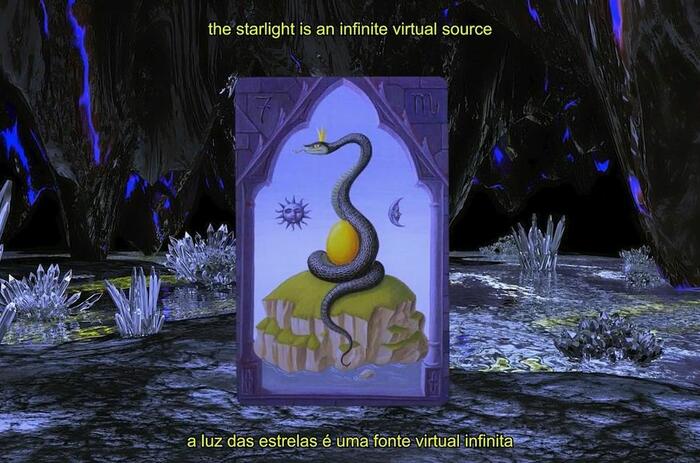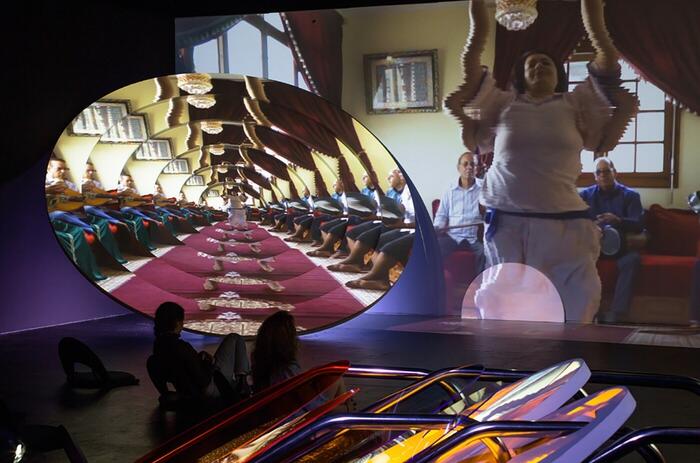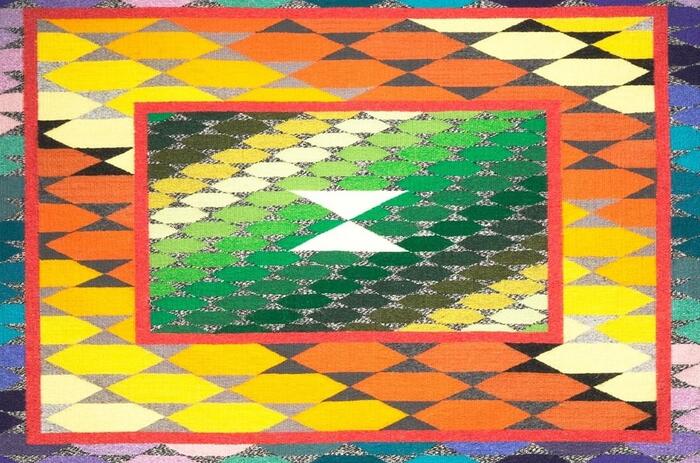LYGIA CLARK AND FRANZ ERHARD WALTHER’S ARTISTIC EXPLORATION
The VILLA in Fulda, Germany presents Action as Sculpture, an encounter between Lygia Clark and Franz Erhard Walther.
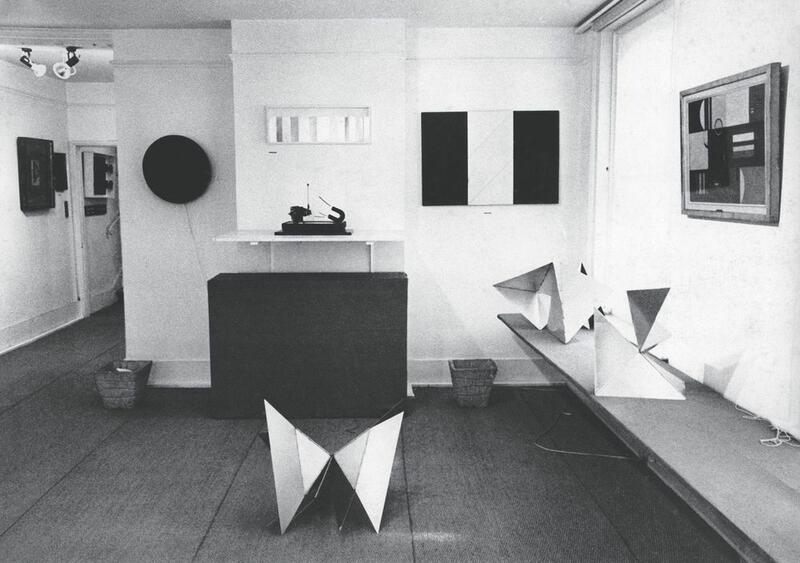
Two major figures from mid-twentieth-century art history whose works revolutionized the role of the viewer meet in the exhibition Lygia Clark and Franz Erhard Walther: Action as Sculpture / Handlung als Skulptur. Although Clark (1920–1988, Brazil) and Walther (b. 1939, Germany) never knew each other personally, their artistic explorations developed crucial similarities at nearly the same time, despite the artists’ geographic, generational, and cultural differences.
Through their works, the two artists changed the role of viewers, turning them from observers into participants active in creating the work of art. In correspondence with the temporary, open-ended structure of the two approaches to art, the show concentrates on the process of activating the works using reproductions of exhibition pieces by both of the artists.
The works on display date from the early 1960s into the 1970s. During this period of time, both artists explored aspects of participatory art in each of their particular cultural contexts—in Clark’s case, Brazil, and in Walther’s case, Germany and the United States. Even though both artists came from the painting world—Clark from Neo-Concretism and Walther from Informalism—the trailblazing works they created almost simultaneously from 1963 onward, without either artist consciously influencing the other, are sculptures that can be touched, carried, and felt.
-
Portrait of Lygia Clark with Bicho ponta. Rio de Janeiro. Credit: Lygia Clark Archive. Photo: Revista Manchete.
-
Franz Erhard Walther. Forehead Piece No. 1, 1963. From First Work Set. 1963-1969. Credit: Frankz Erhard Walther. VG Bild-Kunst 2003. Photo: Barbara Brown.
-
Clay Perry; Associação Cultural O Mundo de Lygia Clark
Starting with the details of their individual works of art, Action as Sculpture / Handlung als Skulptur underscores the apparent similarities in the development of their fragmentary conceptions, which hold that the world must relate to the real space and that action and time are integral components in the process of realizing the artwork.
In selecting the works by both Clark and Walther, the emphasis was on their inventive redefinitions of the traditional concepts of object, form, exhibition, authorship, and esthetic experience. Some of the exhibition’s radical positions focus on the viewer, who becomes part of the artwork.
Action as Sculpture / Handlung als Skulptur is conceived as a vivid, dynamic project centered on investigating works of art that change every time they are activated. Featuring numerous exhibition reproductions of interactive works that established the singularities of these two artists oeuvres, this show contains the largest group of Clark’s and Walther’s positions to be assembled together for the first time. Their close proximity emphasizes both their contextual and formal intersectionality, as well as their crucial distinctions—potentially raising new questions about the work of both artists.

